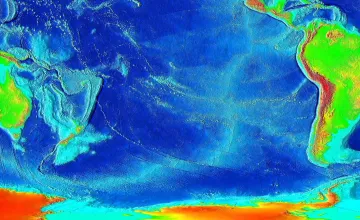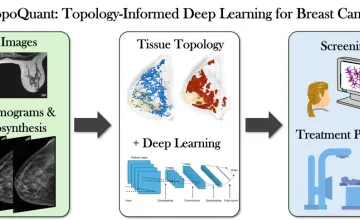AAU universities conduct a majority of the federally funded university research that contributes to our economic competitiveness, health and well-being, and national security. AAU universities are growing our economy through invention and innovation while preparing the next generation of scientists and engineers for global leadership. By moving research into the marketplace AAU universities are helping to create jobs, and provide society with new medicines and technologies.

UMD geologists uncovered evidence of a section of seafloor that sank into the Earth's mantle when dinosaurs roamed the Earth; it's located off the west coast of South America in a zone known as the East Pacific Rise.

Novel research supported by NCI could lead to more specific predictive disease models

A new University of Kansas study reveals parents seeking health care information for their children trust AI more than health care professionals when the author is unknown, and parents rate AI generated text as credible, moral and trustworthy.

Hypertension and amyloid plaques can separately cause dementia. Having both increases a person’s odds of developing cognitive decline, a new study finds
Explore More: University Research
You can filter stories by the university.
Scientists at University at Buffalo are working to improve a process for using hydrogen fuel in a more efficient way.
Energy Sources | University at Buffalo - The State University of New York | Research to Secure Our Energy Future | University Research
In a new study at the University of Missouri, researchers found that zinc ion plays a crucial regulatory role in the sperm capacitation process, or series of changes sperm undergo in the female reproductive tract that enable them to fertilize an egg.
COVID-19 accounted for 62% of the 295 duty-related law enforcement deaths reported in 2020 to the National Law Enforcement Officer Memorial Fund database, which tracks law enforcement officers who died in the line of duty, according to a new University at Buffalo study.
Confronting COVID-19 | University at Buffalo - The State University of New York | University Research
A Stony Brook University study reveals that the responders who have suffered from chronic conditions from WTC exposures and the experience of the 911 tragedy appear to have more infection severity than responders who do not have chronic diseases resulting from WTC exposures.
According to new research from the University of Washington, narcissism can cause knowledge barriers within organizations.
